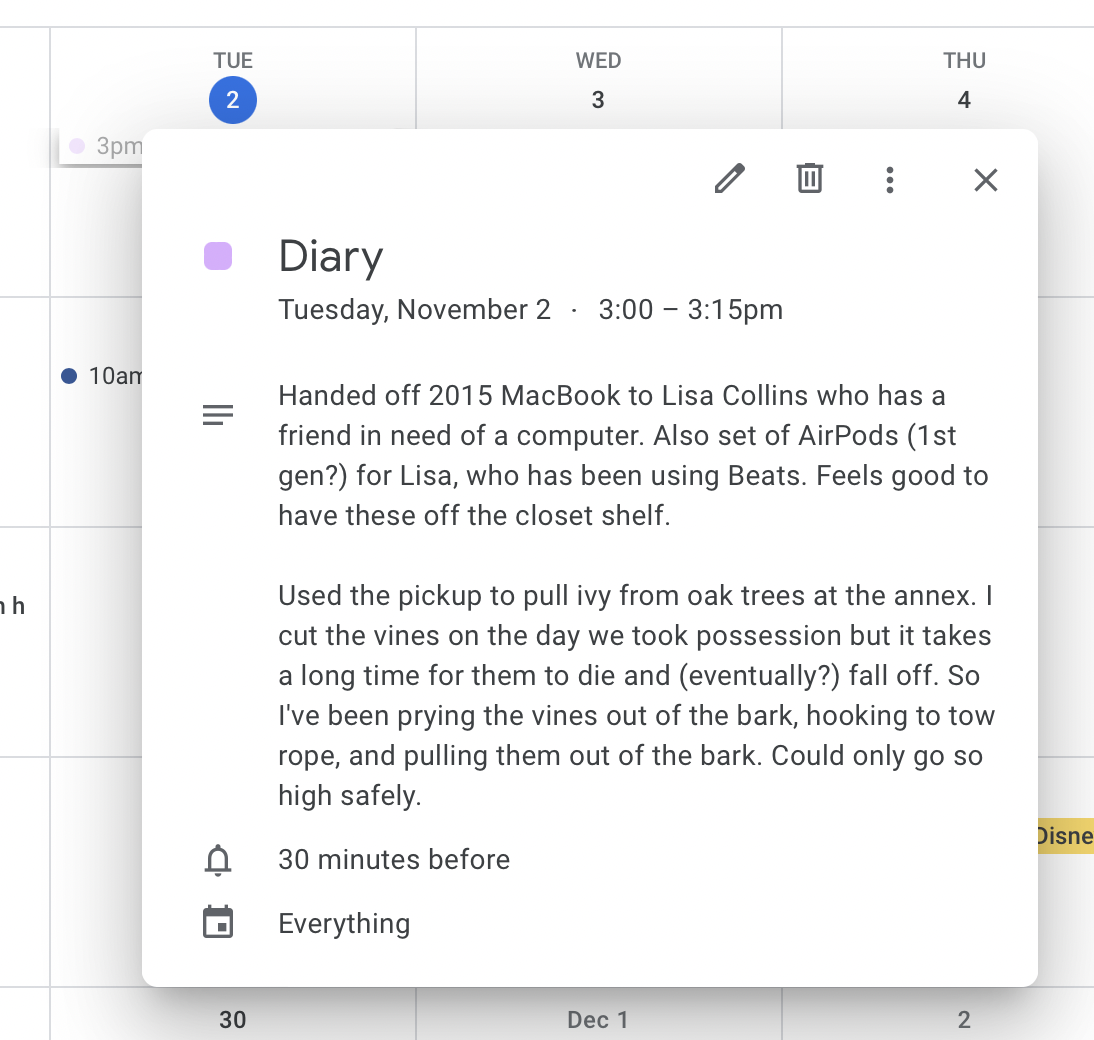I don’t remember when I got my first set of headphones. According to Wikipedia, until the mid-1960s, record companies mixed and released most popular music in mono. From mid-1960s until the early 1970s, major recordings were commonly released in both mono and stereo. In the ’60s The Beach Boys, Frank Zappa and The Beatles were among the first big artists to play around with multitrack recording.
Dolby started showing up in recording studios in 1966 and quadraphonic sound was introduced in the early ’70s but always seemed kind of gimmicky to me.
I know I started buying headphones in the early 70s when I went to work at KBOA. Sennheiser, Bose, you name it… I tried them all. And the good ones were expensive (and fragile). I was never an audiophile. WLS on an AM car radio sounded damned good to 17-year-old me. I never had a Sony Walkman but did get an iPod when they showed up. And the tiny earbuds sounded pretty good to me. Hard to believe it was as recent as 2016 when Apple introduced AirPods. I thought their wired earbuds were fine… until I tried the Bluetooth AirPods. And I’ve had a set ever since.
I hadn’t paid much attention to all the hype about the third generation AirPods but when I saw the launch event a couple of weeks ago, I decided to try a pair. Just to see (or hear, in this case).
To my pedestrian ears, stereo music meant base in one ear, treble in the other, and the vocal track somewhere in the middle. The new AirPods are — for me — living up to the hype. Not sure I can describe what I’m hearing. It really does sound like I’m in a big room (recording studio?) with instruments and singers all around me. It’s a strange feeling. Music is such a perceptual thing it’s difficult to describe. Songs I’ve listened to hundreds (thousands?) of times, sound new and fresh.
Apple will give you chapter and verse on how the new AirPods work but the music I’m now hearing (feeling?) seems impossible. Someone described it as witchcraft.

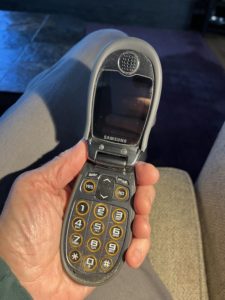
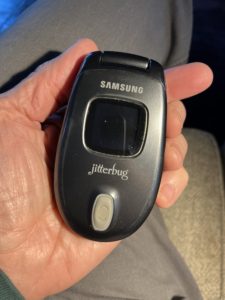
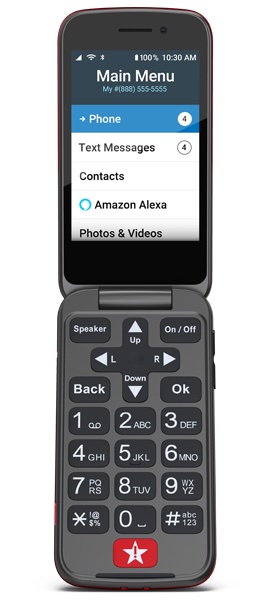
 Like everyone else, I am constantly bombarded by telephone spam calls. Blocking the numbers does no good because they have an infinite number of bogus phone numbers.
Like everyone else, I am constantly bombarded by telephone spam calls. Blocking the numbers does no good because they have an infinite number of bogus phone numbers.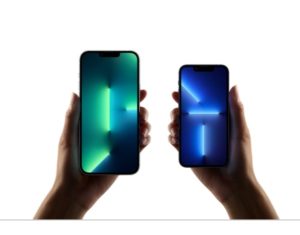 I’ve never been a fan of the ever-larger phones so I almost pulled the trigger on one of the new iPhone SE’s Apple announced last week, until my buddy suggested I take a look at the iPhone 13 mini. Didn’t know there was such a thing but it was just what I was after. Smaller phone with lots of features. Arrives tomorrow. (The photo compares the 11 and the 13 mini)
I’ve never been a fan of the ever-larger phones so I almost pulled the trigger on one of the new iPhone SE’s Apple announced last week, until my buddy suggested I take a look at the iPhone 13 mini. Didn’t know there was such a thing but it was just what I was after. Smaller phone with lots of features. Arrives tomorrow. (The photo compares the 11 and the 13 mini)